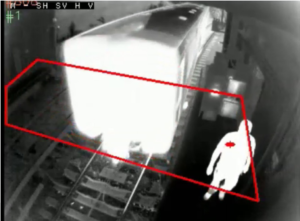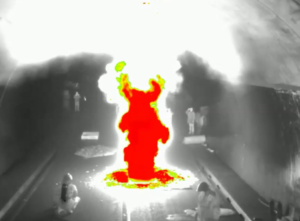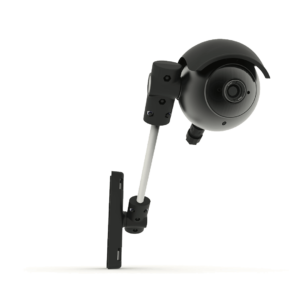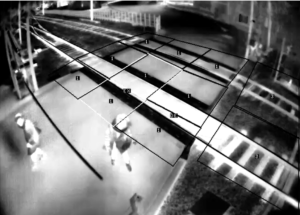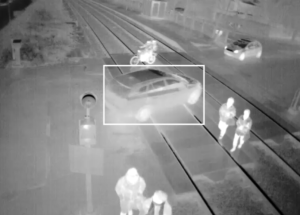The protection of critical rail infrastructure typically encompasses several layers, including static deterrents such as fences, signs and gates, as well as dynamic deterrents such as security patrols. Additionally, CCTV affords both a physical deterrent by observable placement, as well as a dynamic deterrent by means of awareness through observation. However, CCTV has its limitations due to the need for lighting the area of observation and the effects of weather such as fog and/or smoke. As well as the additional requirement for an operator to watch the video output and become aware of any intrusion or obstruction.
On the other hand, thermal imaging with integrated automatic incident detection (AID) can provide 24/7 automatic detection and awareness regardless of conditions. Initiating an alert when necessary to facilitate preventative or corrective measures. With the intention of avoiding impact, track interruption or damage to property.





